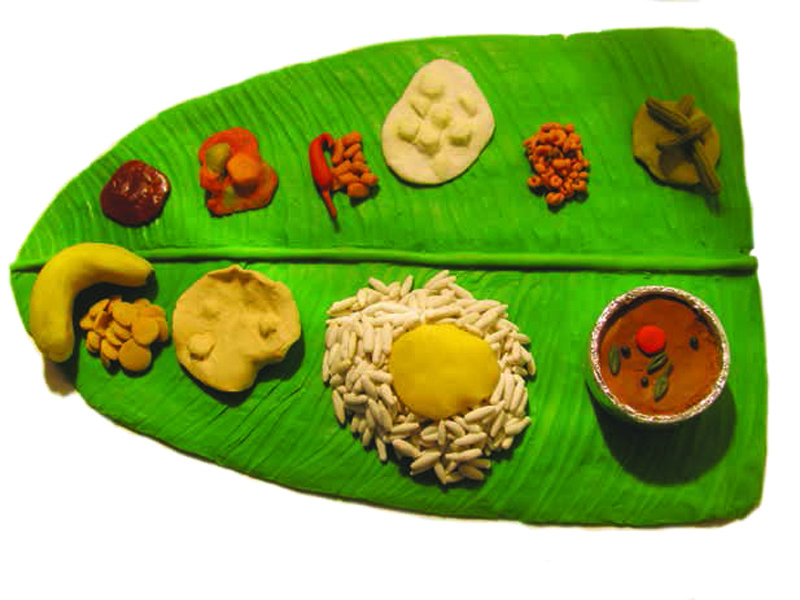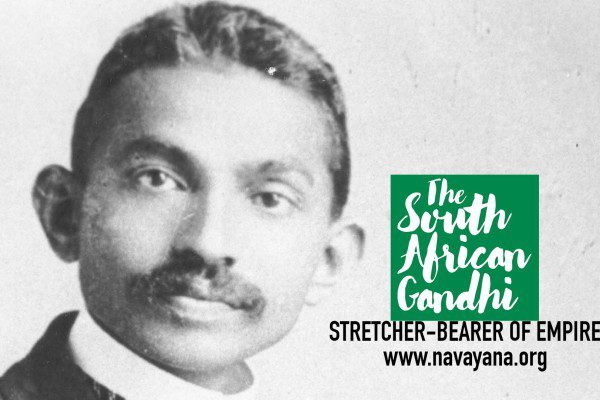Exploring our way through the meandering uncertainties of life, food may be the one constant- mapping where we’ve been, where we are and where we’re going. Deepa Bhasthi explores food maps from the plate to the social interaction… and beyond.
“Are these the heydays for the 1980s’ children of innocence to walk the nostalgia path?” I ask myself this moment. Thoughts of cassette tapes and coloured popsicles from handpainted, weather beaten, wooden carts, ten-paisa coins and plastic wire flowers. Of atlases and the many maps they contain, political colours, ecology green, touristy, crisscrossed, that sorts. Maps of people come to mind, and of things, places, lunches, highway teas and milk biscuits to have along the way. Afternoons spent drawing lines of imagined journeys across continents, bent double over the Oxford version of table length student atlas editions. Maps and memories of history learnt and lived through.
Tonight, from a blip in the map of Karnataka’s Konkan coast, as I sit writing this, the thought catalogue lists the 1980s, along with childhood meals and the learning of where the salt goes and where the papad is to be served on the plate. The other very colourful maps were on the dinner plates, lunch, or even breakfast once a while, where lines and rules were nearly as strict as those laid out on intercountry diplomatic tables.
As children, with morsels of curd rice – comfort food, survival food – you are taught to meander your way around the plate, starting here, moving across, cutting down diagonally, and ending there, with a coin in your hand and a paan in your mouth. Mapping food, for everyday meals or elaborate, festive ones, is as political in its ferocity of dealing with dissent as it is congenial in its solidification of social, community bonds.
The Havyakas,my community, a sub-sect of the Brahminical order said to have come from, depending on whom you ask, Kashmir or Orissa during the times of some king at some point in history, takes their food very seriously. As do, and as should, most other people, because food is at the heart of constructing personal histories. When weddings are arranged or when a thread ceremony (a coming of age ritual for boys) takes place or when an elaborate puja or some such event happens, people bond over the meal, an intricate feast running into many courses, spread over nearly an hour or more. Sitting beside my mother on small raised wooden platforms laid out in neat rows, my own little leaf before me, I learnt to navigate my way around, negotiating the portions and the servings, and I learnt when to divide what into how big or small a helping.
I’m reminded of much imagery, like a young father handholding his toddler son and showing him how to do namaz in a large white mosque, a baby eagle spreading its wings and learning to fly or generations of a household that ties a borrowed cat to the front yard tree on festivals just because the father– the grandfather– did so (the original was probably a truant cat that needed to be reined in). Incidents that invent blind beliefs and practiced rituals, like tying up a cat, which, after a point, become so internalised that you no longer stop to wonder, to question, to ask. I employ such imagery when I wonder why the maps were invented for the food plate, why the hierarchies, the order. Were they invented for convenience alone?
Food maps exist in every community, with seasonal, sometimes geographical variations. This is what mine would look like: a certain part of the plantain leaf laid out facing a particular way, starting from the top left corner, pickle, salt, a range of vegetables prepared in different ways, on the left, papad, a heap of pearly white rice plunked in the middle, a teaspoon of payasa (kheer) next to that, to be eaten first. Then a series of curries are served, you learn how to divide the heap of rice, taking portions to your right for each curry, adding the appropriate vegetable to go with it. Down in the hierarchy come the sweetmeats, ending with curd and buttermilk and rice.
Somewhere in the middle of the meal, young girls learning Carnatic music are coaxed to sing a hymn, or an older uncle belts out, in staccato, a poem from the folk art form Yakshagana. Then there are nosy women nudging each other and trying to fit you into a box of stereotypes, old friends catching up, new friendships being made, gossip, and the usual politics among somewhat cantankerous people. Alongside all of this, the food is evaluated and compared with precedents, the process scrutinised, all while navigating the map without missing a step. It is rather beautiful, the whole process, and even makes the drudgery of distant family functions slightly better bearable. Or so we shall believe.
I wanted to imagine an elaborate scheme that led to the rigidity of these food maps. That would probably be too conspiracy-theorist of me. With lesser number of dishes and at a quicker pace, mini maps exist on everyday dinner tables too, the order of serving, eating so internalised that, it registers in the mind as ‘oh, that’s just how you eat.’
I asked around, approaching old scholar-academics and grannies with questions about why we eat the way we do. The grannies could not fathom why I would want to know, and give me a plateful of snacks instead. I felt like a little girl who had to be entertained so they could go about their day; I allowed myself to be distracted. The academics were better, though I don’t get any answers there either. I was again reminded of the old borrowed cat tied to the tree analogy- used to mock things we do without much logic anymore – just because that’s the way it has always been.
There is quite something about food though, wouldn’t you agree? You could step away from every embarrassing family anecdote, every community stereotype, and yet food can never be a total rejection. You need it more than it needs you. Theorise away a meal, but the simple end of it is that food is endless conversations, beautiful evening parties and forever memories. Food maps – inconspicuous, lines faded or otherwise – are for what maps do. They tell you where you are, where to go. In a lost world, sometimes that’s the only thing you should need.














